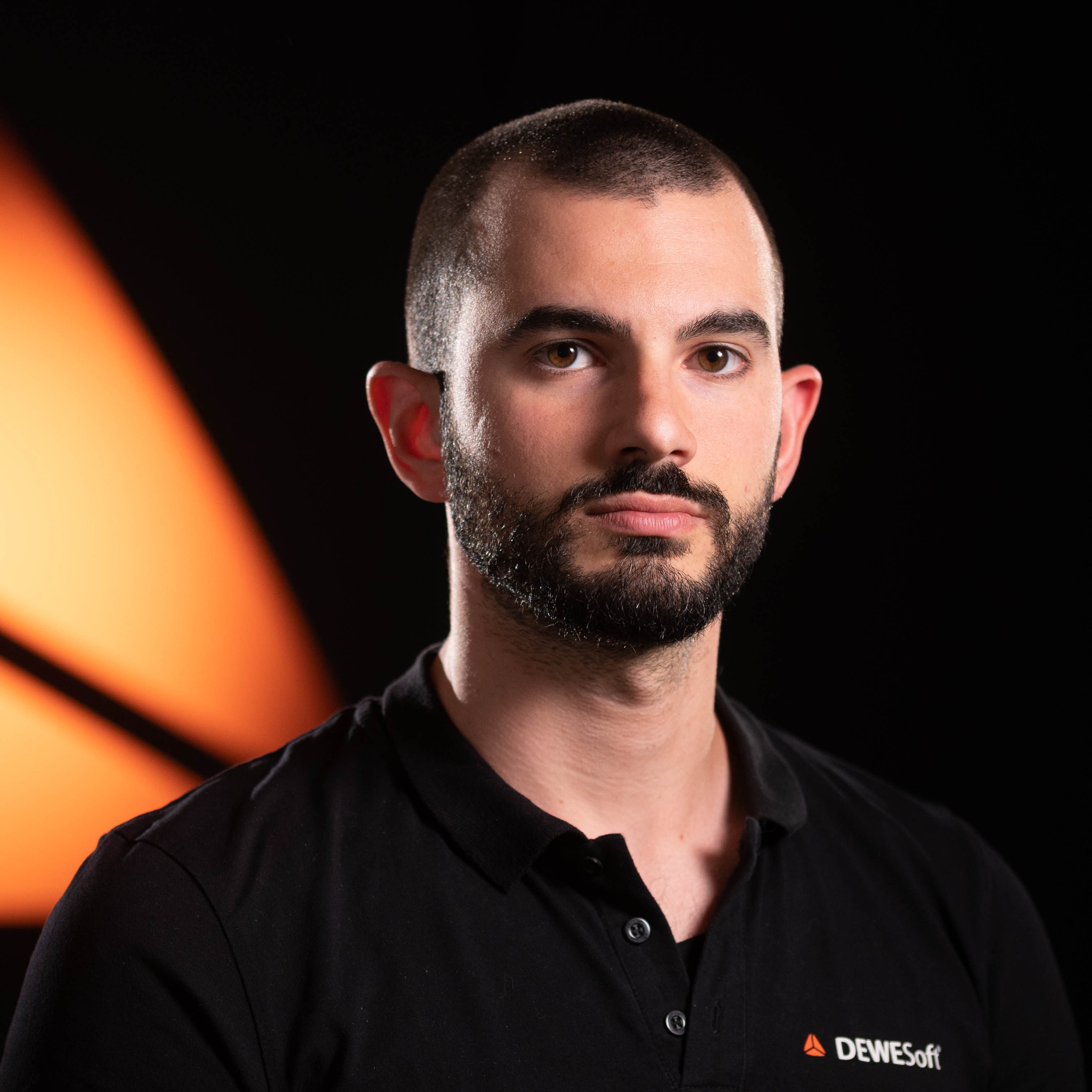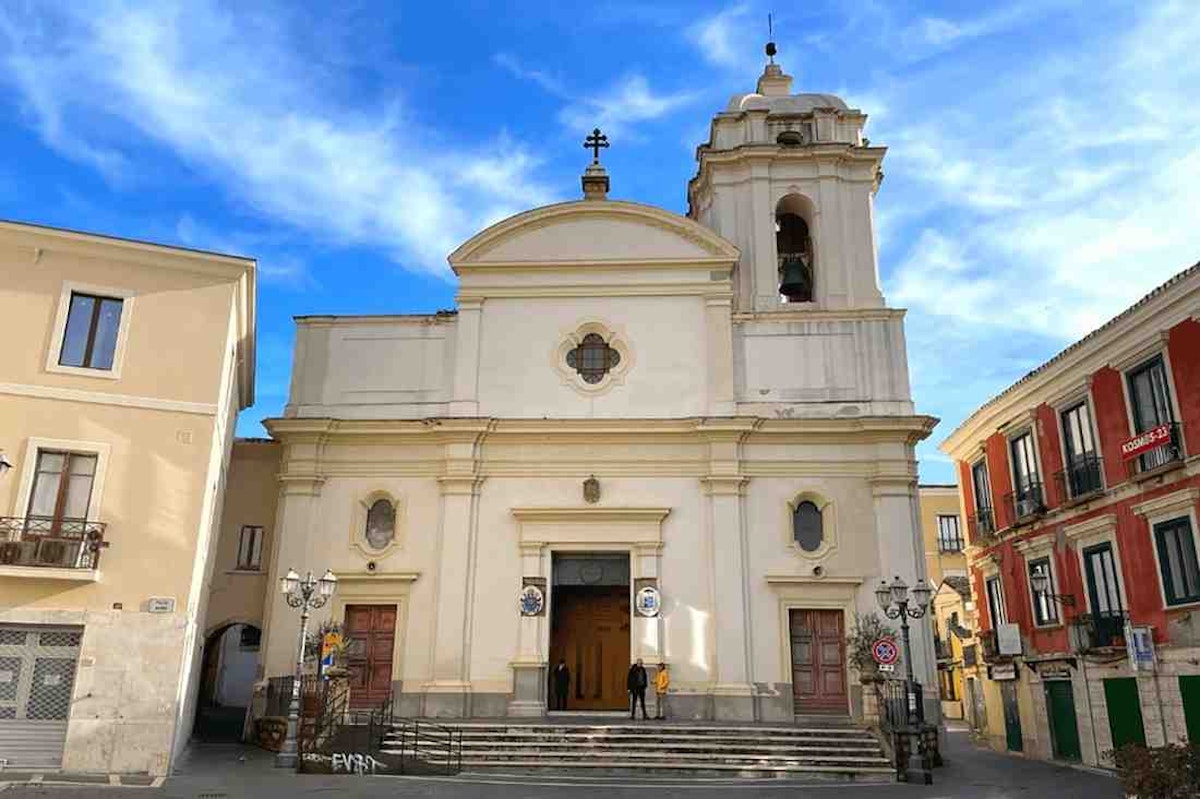Table of contents
Browse categories
Browse authors
 AB
ABAlberto Boffi
 AL
ALAlessia Longo
 AH
AHAl Hoge
 AB
ABAljaž Blažun
 BJ
BJBernard Jerman
 BČ
BČBojan Čontala
 CF
CFCarsten Frederiksen
 CS
CSCarsten Stjernfelt
 DC
DCDaniel Colmenares
 DF
DFDino Florjančič
 EB
EBEmanuele Burgognoni
 EK
EKEva Kalšek
 FB
FBFranck Beranger
 GR
GRGabriele Ribichini
Glacier Chen
 GS
GSGrant Maloy Smith
 HB
HBHelmut Behmüller
 IB
IBIza Burnik
 JO
JOJaka Ogorevc
 JR
JRJake Rosenthal
 JS
JSJernej Sirk
 JM
JMJohn Miller
 KM
KMKarla Yera Morales
 KD
KDKayla Day
 KS
KSKonrad Schweiger
Leslie Wang
 LS
LSLoïc Siret
 LJ
LJLuka Jerman
 MB
MBMarco Behmer
 MR
MRMarco Ribichini
 ML
MLMatic Lebar
 MS
MSMatjaž Strniša
 ME
MEMatthew Engquist
 ME
MEMichael Elmerick
 NP
NPNicolas Phan
 OM
OMOwen Maginity
 PF
PFPatrick Fu
 PR
PRPrimož Rome
 RM
RMRok Mesar
 RS
RSRupert Schwarz
 SA
SASamuele Ardizio
 SK
SKSimon Kodrič
 SG
SGSøren Linnet Gjelstrup
 TH
THThorsten Hartleb
 TV
TVTirin Varghese
 UK
UKUrban Kuhar
Valentino Pagliara
 VS
VSVid Selič
 WK
WKWill Kooiker
Modal Analysis of the Crotone Cathedral

The Cathedral of Cortone is in Calabria, a region subject to earthquakes. Structural monitoring helps protect this historical and cultural structure from damage caused by seismic events. Such monitoring systems detect ground movements and vibrations that could indicate risks.
Modal Analysis provides a dynamic picture of the structural response to vibrations. The civil engineering service providers, 2MG and Co.Ma.Te.C., applied a Dewesoft modal analysis solution.

Calabria is a seismic region subject to earthquakes. Given its historical and cultural importance, monitoring the Cathedral to protect it from damage caused by seismic events is essential. Monitoring systems can detect ground movements and vibrations that could indicate risks of structural damage during an earthquake. Modal analysis instead provides a dynamic picture of the structural response to vibrations.
The Cathedral of Crotone dates back to 1686, as attested by a marble church plaque dedicated to the Blessed Virgin Mary. It is a significant cultural and historical heritage structure. It is necessary to constantly analyze the structural integrity to preserve and conserve this monument for future generations.
The Cathedral - a bit of history
The Crotone Cathedral, also known as the Cathedral of Santa Maria Assunta, is one of Crotone's main places of worship. It is located on the Adriatic Sea coast in the Calabria region of Italy.
Cathedral history dates back to the 12th century when citizens built a Romanesque church on the site of today's cathedral. Over the centuries, the structure has been the subject of various transformations and expansions. In the 16th century, during the Spanish domination period, the church underwent significant modifications in the Renaissance style, which gave the building its current appearance.
One of the most significant moments in the history of the Crotone Cathedral was the earthquake of 1638, which caused considerable damage to the structure. The town started reconstruction and restoration, leading to further architectural changes.
The cathedral's interior has a Latin cross plan, with a central nave and two side naves. Valuable works of art decorate the main altar, including paintings and sculptures by local artists and the Neapolitan school.
Over the centuries, the Cathedral of Crotone has undergone various stylistic and architectural transformations, reflecting the different historical periods that have characterized the city and the surrounding region. Today, the cathedral represents an essential place of worship for the faithful and a tangible testimony of the rich history and culture of the city of Crotone.
The service partners
This project was handled by 2MG S.r.l. and Co.Ma.Te.C. S.r.l, Italian companies offering structural engineering services and consultancy.
2MG S.r.l. offers structural and geological engineering services and support for developing, implementing, and integrating such activities. Its business includes designing, installing, and creating monitoring systems for measuring physical and environmental parameters. It also does structural diagnostics, regulatory and experimental checks, geology services, and geo-diagnostic investigations.
Co.Ma.Te.C. S.r.l is a civil and environmental engineering consultancy company. It was born from decades of experience acquired by its founders in structural diagnostics, load tests, on-site tests, and design. Today, the company offers technical support for public bodies, businesses, and professionals in the engineering sector. They are experts in determining the physical-mechanical characteristics of materials and soils and supporting analysis and verification processes.
The data acquisition system
We designed the acquisition system to conduct a modal analysis of the Cathedral. We have specifically focused on ensuring accurate and significant results and the well-being of the historical architecture in question.
A project of this nature requires the selection of appropriate sensors to collect data on the structure's dynamic behavior. Accelerometers, which measure acceleration in response to the structure's vibrations and movements, are commonly used.
They must be strategically positioned at different critical points of the Cathedral to capture the most significant vibration modes. We needed to identify the optimal installation point to ensure complete structure coverage and capture the dominant vibration modes in all directions. The architectural factor often makes this process more problematic as it requires paying attention to the surfaces covered with the analysis instrumentation to preserve the historical-cultural factor.
For several reasons, it is essential to have a temporal snapshot of the dynamic behavior of the Cathedral.
Structural stability assessment
Modal analysis provides crucial information on the structure's dynamic response to external loads, such as wind or earthquakes. We can use the data to evaluate structural stability and identify any problems or risks of failure.
Design and maintenance
Understanding the structure's natural vibration modes is fundamental for designing strengthening or stability improvement measures. Furthermore, monitoring the structure's dynamic behavior over time allows for early identification of any deterioration or anomalies that require maintenance interventions.
Public safety
An in-depth knowledge of the dynamic behavior of the Cathedral allows us to guarantee the safety of the public who visits the structure. Identifying and mitigating risks associated with structural problems helps protect the safety and well-being of people.
Acquiring information on the dynamic behavior of a structure through a modal analysis is essential to evaluate its stability, design improvement interventions, and ensure public safety. A well-designed acquisition system and correct data analysis provide valuable information for managing and conserving historic and monumental structures.
The measurement solution
The system used for the data acquisition was composed of the following:
16x Dewesoft IOLITEiw-3xMEMS-ACC-INC: Signal conditioning device with integrated MEMS type accelerometer (Micro Electro Mechanical Systems) with the biaxial inclinometer function integrated in (pitch and roll).
2x Dewesoft IOLITE-POWER-INJECTOR: a passive PoE injector for powering IOLITE 3xMEMS devices.
Dewesoft Artemis OMA: Elaboration software for Modal Analysis.
The sensors installed are Dewesoft IOLITEi-3xMEMS-ACC-INC. This data acquisition device has an integrated low-noise MEMS accelerometer. It is designed to monitor the structural health of immense structures such as bridges, buildings, antennas, stadiums, big machines, etc.
IOLITE 3xMEMS-ACC-INC are integrated sensing devices for measuring vibration, inclination, velocity, displacement, pitch, and roll. Inside the device, an integrated triaxial MEMS accelerometer measures acceleration. The accelerometer is tightly attached to the mechanical chassis. Thanks to an accurate calibration process that traces temperature curve responses, they can also provide inclination data.
The device also does the analog-to-digital conversion (ADC). This feature eliminates any noise picked up by analog cabling. Long distances, high accuracy in the transmission process, and high synchronization level (1us) are no longer a problem - optimizing the spending of installation time and financial resources.
A microprocessor inside the device transmits the acceleration samples to DewesoftX data acquisition software running on a Windows PC. Alternatively, the devices can connect to any controller running an EtherCAT master. Sensor scaling is automatic; the data in g's or m/s2 is readily available.
An internal temperature sensor mounted inside the device measures the temperature of the MEMS accelerometer. DewesoftX displays these readings as a system monitor channel. The values are updated once per second.
Operational time Dewesoft data files (DXD) are directly exportable to the Dewesoft ARTeMIS OMA software to run the analysis. With the Dewesoft ARTeMIS OMA software, we can estimate the complete modal parameters for operating structures where we have only acquired the output response data. The modal parameters are the mode shapes, the natural frequencies, and the damping ratios.
The software supports estimating natural frequencies, damping ratios, estimation and animation of mode shapes, estimation of regular mode shapes, Frequency Domain Decomposition (FDD), and Enhanced Frequency Domain Decomposition (EFDD).
It makes traceability of the structure’s dynamic behavior change possible during the time flow. Starting from scratch with the structure vibration analysis and ending with modal shapes, we can look at the material degeneration in terms of structure vibration response!
The installation
We used a MEWP (Mobile Elevating Work Platform) to carry out installations at height safely and efficiently. These vehicles offer several advantages, and various sectors widely use them, including construction, industrial, and infrastructure maintenance.
The usefulness of MEWPs for installations at height lies in several reasons:
Safe access: These vehicles allow operators to access high points safely, reducing the risk of workplace falls and accidents.
Work Efficiency: Work platforms offer a stable base and a wide range of motion, allowing operators to complete tasks at height quickly and efficiently.
Flexibility: Different types of trucks offer a wide range of options to adapt to the specific needs of the job, including accessing confined spaces, high heights, or working on rough terrain.
Versatility: Various industries and applications can use Plea trucks, from building maintenance to construction, power line maintenance, and more.
The results
The measurement points and the type of modules chosen for the modal analysis made data extrapolation very difficult. The non-homogeneous behavior of the masonry structure meant that the spectral diagram was short of information. However, they identified three resonant frequencies. The first is related to a translational behavior of the structure, the second involves a structural element, and the third is related to the movement of the dome in the upper part.
See the spectral diagrams for the affected frequency bands in Figure 11.
The vibration modes reproduced via the Dewesoft Artemis OMA software are as follows:
Conclusion
Modal analysis proves to be an essential tool for understanding the dynamic behavior of structures in the civil sector. By identifying natural vibration modes, this methodology provides valuable information for assessing structural stability, designing improvement interventions, and ensuring public safety. The continued development of advanced analytical and data acquisition techniques promises to make modal analysis even more effective in supporting the management and conservation of our infrastructure, thus contributing to a safer and more resilient world.
Accurate instrumentation is critical for modal analysis. It ensures that the data collected is reliable and representative of the structure's dynamic behavior. Accelerometers and other sensors must be sensitive to detect even the most subtle vibration patterns. The instrumentation must sample data at appropriate frequencies to capture the relevant vibrations and evaluate the structure's damping.
The data must be comparable and validated with theoretical models or numerical simulations. Investing in high-quality instrumentation is essential for a thorough and reliable understanding of the dynamic behavior of structures.
Thanks
For the material provided, many thanks to:
Eng. Gianfranco Fiondella (2MG S.r.l.)
Eng. Enrico Ruggiero (2MG S.r.l.)
Eng. Raffaele Mastroianni (Co.Ma.Te.C. S.r.l.)